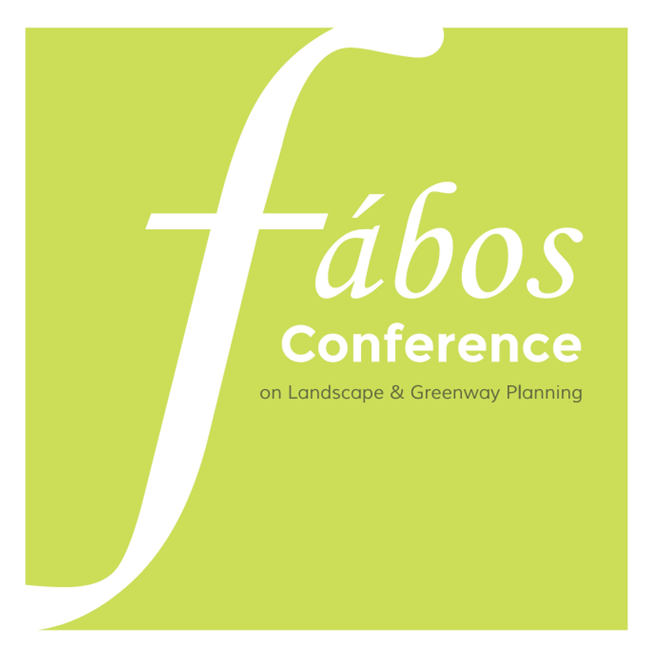From Right-of-Way to Greenway: Parameters for the Ecological Function of Midwestern Rail-Trail Corridors
Abstract
Within the Corn Belt ecoregion of the USA, large tracts of public land for conservation are sparse. At the same time, in recent decades, over 25,000 miles of abandoned railroad corridors have been converted for use as recreational trails in the United States. In this context, rail-trails represent valuable linear infrastructure for human movement and recreation. But to what extent do rail-trails also facilitate wildlife movement and habitat in a highly altered agricultural landscape? How could they be managed to maximize benefits for non-human organisms? If trail managers were to approach rail-trails as green infrastructure, how could this new way of thinking benefit species of concern as well as conservation planning efforts broadly?
We examine several rail-trails in Central Iowa as case studies to address these guiding questions. Utilizing publicly available GIS data, drone photogrammetry, and spatial analysis, we highlight structural characteristics of the trail corridor and discuss our findings with respect to key concepts in landscape ecology. We examine width, connectivity, quality, and context as structural elements (Smith & Hellmund 1993, Hilty et al. 2019). We bolster our landscape analysis with insight from interviews with trail managers who describe current management regimes and limitations. Finally, taking these conversations into account, we conclude with recommendations for the design and management of rail-trail corridors from a landscape architecture perspective, presenting a typology of conceptual designs for four landscape contexts.
Our design typologies approach rail-trail corridors in the agricultural landscape as novel ecosystems ripe for experimentation. Instead of a restoration focus, for instance, these linear corridors present the opportunity for “hypernature.” Hypernature is a design strategy in which landscape elements and plantings are exaggerated, amplified versions of natural systems (Mclean 2019). We explore this concept within the trail right-of-way, seeking to exaggerate ecological function while also balancing the needs of human users. Our explorative design study offers guidance for trail corridors in highly altered agricultural landscapes, where the ecological function of these linear features is highly consequential.
Hilty, J. A., Keeley, A. T., Merenlender, A. M., & Lidicker Jr, W. Z. (2019). Corridor ecology: linking landscapes for biodiversity conservation and climate adaptation. Island Press.
Mclean, R. (2019). Transformative Ground: A Field Guide to the Post-Industrial Landscape. Routledge
Smith, D. S., & Hellmund, P. C. (1993). Ecology of greenways: Design and Function of Linear Conservation Areas. University of Minnesota Press.
Keywords: Rail-trails, hypernature, ecological corridors
How to Cite:
Dunn, A., Shiffler, K. & Binte Azad, S., (2025) “From Right-of-Way to Greenway: Parameters for the Ecological Function of Midwestern Rail-Trail Corridors”, Fábos Conference on Landscape and Greenway Planning 8(1). doi: https://doi.org/10.7275/fabos.2320
93 Views
45 Downloads
